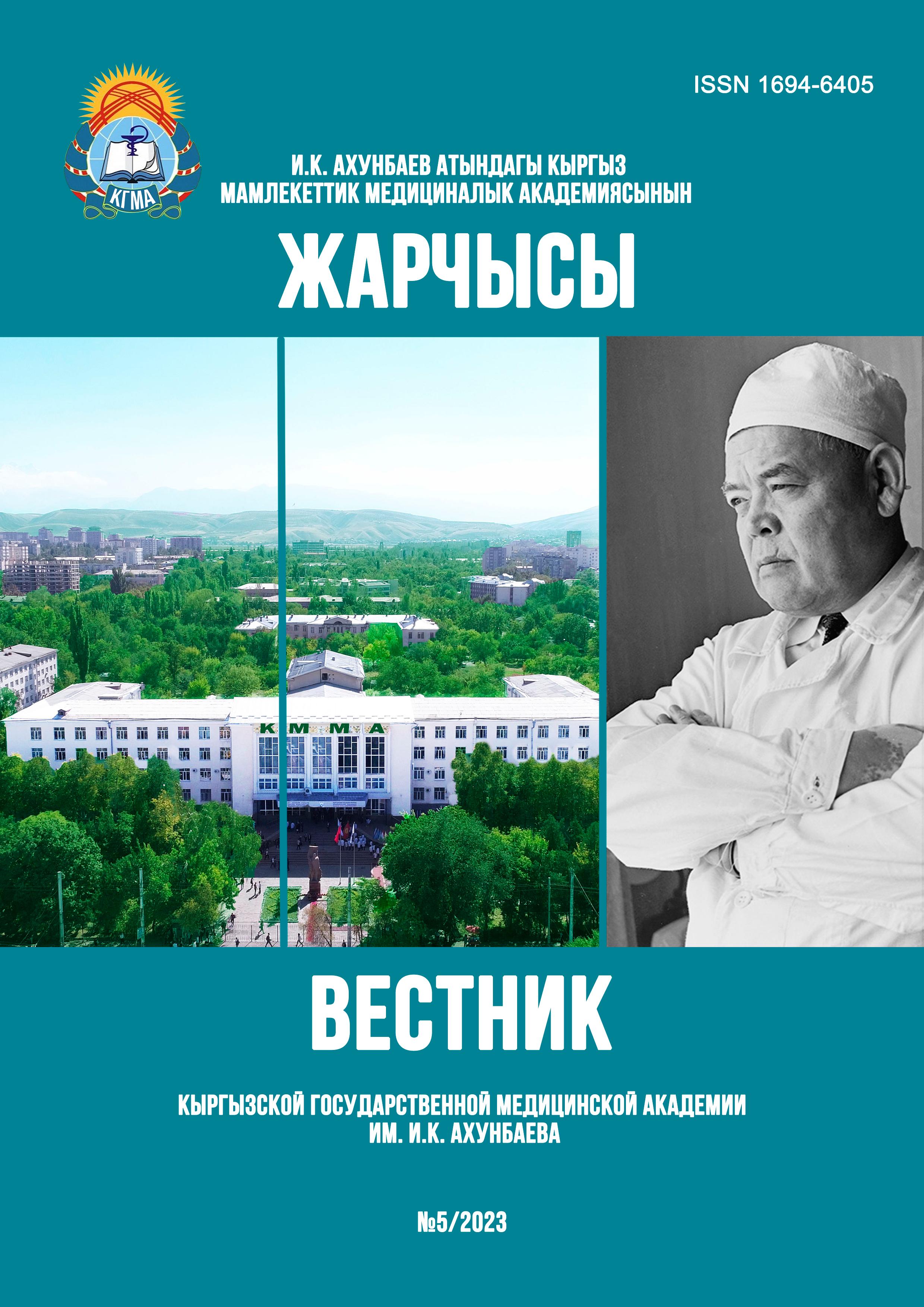NEW PERSPECTIVES OF OLFACTOMETRY
DOI:
https://doi.org/10.54890/1694-6405_2023_5_194Abstract
The human olfactory analyzer is one of the body’s complex sensory systems, which allows one to recognize, analyze and identify odors in the environment. In addition, the sense of smell plays an important role in human eating behavior (it influences appetite, gives taste to ingested food, sends impulses to the cerebral cortex to stimulate the production of food enzymes) and is involved in establishing sympathy between people. It is believed that smell evokes emotions at a deep level that is not always conscious to a person. There are a number of diseases leading to a decrease and/or distortion of the sense of smell. In recent years, due to the outbreak of coronavirus infection, the frequency of damage to the olfactory analyzer has increased significantly. Currently, any of the symptoms of impaired sense of smell should alert you to the first signs of coronavirus infection, as it is one of the leading symptoms. As a consequence, there is a need for early diagnosis of pathologies of the olfactory analyzer, which increases the importance of olfactometry. We have studied and tested available olfactometric techniques. While studying this issue, we came to the conclusion that the proposed methods do not fully meet our requirements. In this connection, we proposed a modification of the method. This article describes the methodology for carrying out the olfactory set we have selected.
Keywords:
olfactory analyzer, odorant, SARS-CoV-2, olfactory set, olfactory nerve, pathology of the nose and paranasal sinuses, odor perception threshold, odor recognition threshold, diagnosis of smell.References
1. Lan J, Ge J, Yu J, Shan S, Zhou H, Fan S, et al. Structure of the SARS-CoV-2 spike receptor-binding domain bound to the ACE2 receptor. Nature. 2020;581(7807):215-220. https://doi.org/10.1038/s41586-020-2180-5
2. Lai MM, Cavanagh D. The molecular biology of coronaviruses. Adv Virus Res. 1997;48:1-100.https://doi.org/10.1016/ S0065-3527(08)60286-9
3. Yang N, Shen HM. Targeting the Endocytic Pathway and Autophagy Process as a Novel Therapeutic Strategy in COVID-19. Int J Biol Sci. 2020;16(10):1724-1731. https://doi.org/10.7150/ijbs.45498
4. Бигдай Е.В., Самойлов В.О. Обонятельная дисфункция как индикатор ранней стадии заболевания COVID-19. Интегративная физиология. 2020;1(3):187–195. https://doi.org/10.33910/2687-1270-2020-1-3-187-195
5. Лопатин А.С. Современные методы исследования обонятельного анализатора. Динамика функции обоняния у пациентов с полипозным риносинуситом. Consilium Medicum. 2014;16(3):55–59.
6. Бабияк В.И., Тулкин В.Н. Исследование обоняния (сообщение третье). Российская оториноларингология. 2008;4:8-15.
7. Насыров В.А., Нарматова К.К. Сенсорные системы (слуховой, вестибулярный, обонятельный и вкусовой анализаторы). Учебное пособие для студентов высших учебных медицинских заведений, клинических ординаторов, врачей оториноларингологов. Бишкек; 2017. 146 с.
8. Морохоев В.И. Ольфактометрия в клинической практике. Практическая медицина. 2011;51:19-21.







